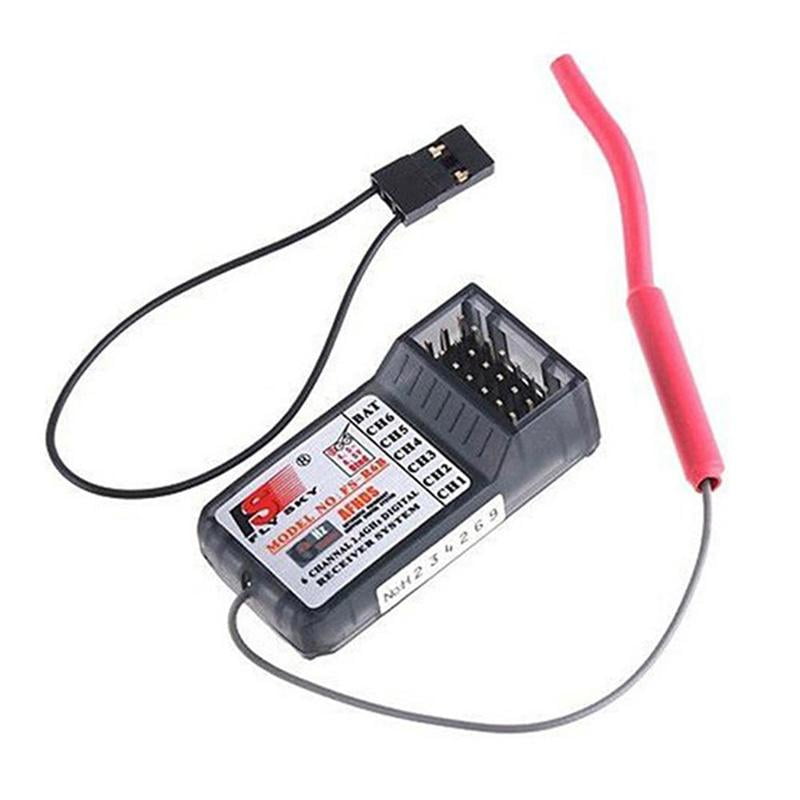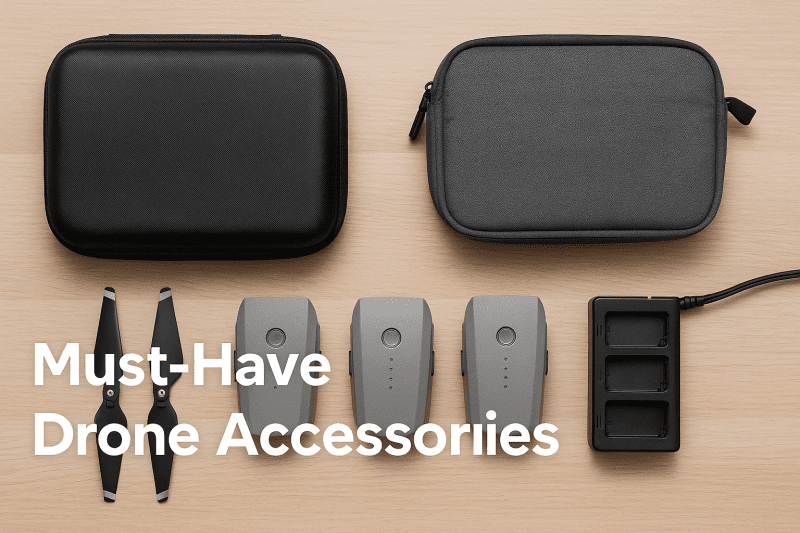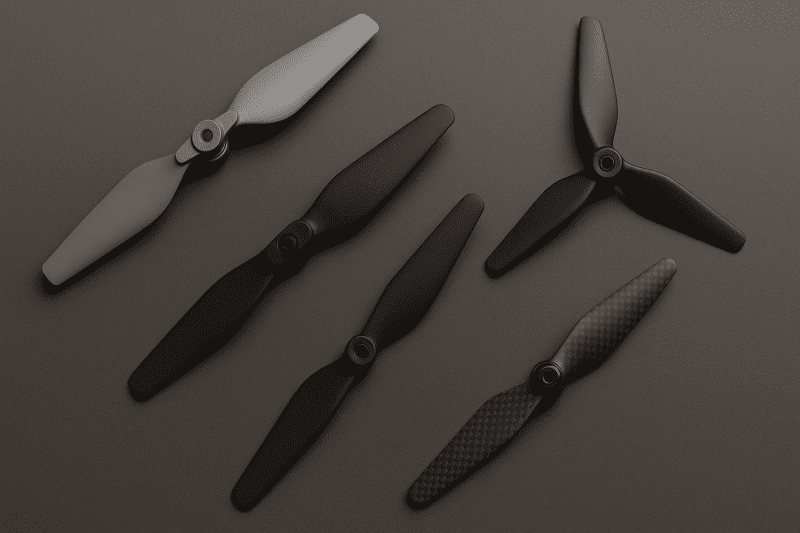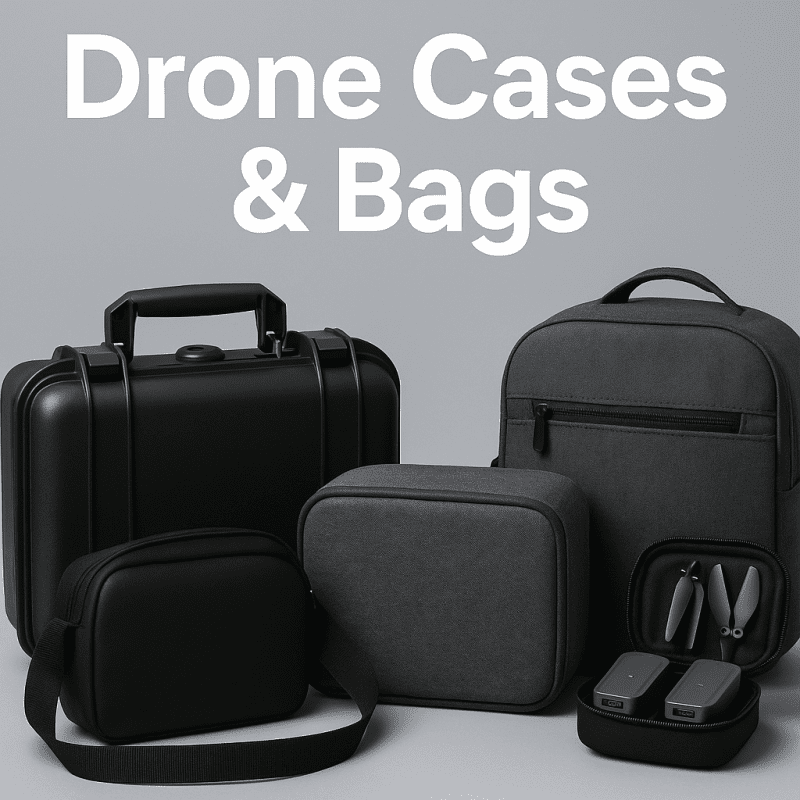Understanding Drone Radio Receivers: Essential Components for Flying High
When it comes to flying drones, one of the most essential components that you need to understand is the radio receiver. A radio receiver is a device that is responsible for receiving signals from the radio transmitter and enabling you to control your drone with precision. In this article, we will take a closer look at drone radio receivers and what you need to know about them.
How Does a Drone Radio Receiver Work?
A drone radio receiver works by receiving signals from the radio transmitter. Once the signals are received, the receiver decodes them and sends them to the flight controller. The flight controller then processes the signals and sends instructions to the drone's motors to control its movement.
Drone radio receivers use radio frequency (RF) technology to communicate with the transmitter. The transmitter sends a unique radio signal that is encoded with information, such as throttle control, pitch, roll, and yaw. The receiver then decodes this data and sends it to the flight controller, which translates it into commands for the drone.
Types of Drone Radio Receivers
There are two types of drone radio receivers: analog and digital. Analog receivers are the most common and use a traditional frequency modulation (FM) signal to communicate. Digital receivers, on the other hand, use more advanced technology, such as frequency-hopping spread spectrum (FHSS) or direct sequence spread spectrum (DSSS).
Digital receivers offer several advantages over analog receivers. For example, they are more resistant to interference and have a longer range. However, they are more expensive than analog receivers and require more complex hardware to function.
Choosing the Right Radio Receiver
When choosing a radio receiver for your drone, there are several factors that you need to consider. These include range, compatibility with your drone and transmitter, and the level of control that you need. If you are a beginner, a basic analog receiver may be sufficient. However, if you are an experienced pilot, you may want to consider a more advanced digital receiver.
Conclusion
Drone radio receivers are an essential component for flying drones. They enable you to control your drone with precision and accuracy, and choosing the right receiver can make all the difference in your flying experience. Whether you are a beginner or an experienced pilot, understanding the basics of drone radio receivers is essential for flying high.
How Drone Radio Receivers Work: An In-Depth Look at Signal Transmission and Reception
Drone radio receivers are an essential component of every drone, helping it to receive signals from a controller or remote. But how exactly do these receivers work? Here, we take an in-depth look at the signal transmission and reception process of drone radio receivers.
The Basics of Signal Transmission
Radio receivers work by receiving electromagnetic waves transmitted by the drone's controller or by other wireless devices. The transmitter controls the frequency and antenna strength to ensure that the drone receives the signal accurately. The receiver picks up the signal, which is converted and amplified before being sent to the drone's control system.
The way radio waves are transmitted and received is governed by the principles of electromagnetic radiation. Electromagnetic radiation is the energy that moves through space in the form of electromagnetic waves, such as radio waves, microwaves, visible light, and X-rays. These waves are characterized by their wavelength, frequency, and amplitude, and they all travel at the speed of light.
The Types of Signal Transmission
There are two main types of signal transmission used in drone radio receivers: analog and digital. Analog signals are continuous, varying in strength and frequency. They are prone to interference from other electromagnetic sources, which can result in noise or static in the received signal.
Digital signals, on the other hand, are discrete and made up of binary code – either 1 or 0. This makes them less susceptible to interference, resulting in clearer and more accurate signals. Some radio receivers are capable of both analog and digital signal transmission, depending on the drone's needs.
Signal Reception and Filtering
After the electromagnetic waves are picked up by the antenna, the received signal is then filtered before being amplified. Radio receivers use filters to remove any unwanted frequencies or noise that may affect the signal quality. The filtered signal is then amplified to increase its strength, making it easier for the drone's control system to interpret it.
The quality of the received signal can also be affected by the environment in which the drone is flying. Radio waves can reflect off objects like buildings or trees, causing 'multipath interference' (multiple signals arriving at different times due to the ‘reflection’ of the waves). Other factors such as interference from other electromagnetic devices and physical obstructions can also affect the strength and quality of the received signal.
Conclusion
In conclusion, drone radio receivers are crucial to the functioning of drones. They work by receiving electromagnetic waves transmitted by the drone's controller or other wireless devices. The signal transmission can be either analog or digital, with digital signals typically offering clearer and more accurate transmission. The received signal is then filtered and amplified to improve signal quality, with environmental factors and electromagnetic interference potentially affecting the overall performance of the drone's radio receivers.
The Top Drone Radio Receivers: Choosing the Right One for Your Drone and Flying Style
Drone radio receivers play a crucial role in the safe operation of your drone, allowing you to remotely control and navigate your aircraft. With so many options available on the market, it can be challenging to know which receiver is the best fit for your drone and flying style. In this article, we’ll review some of the top drone radio receivers available and outline what features and factors you should consider when making your decision.
Futaba R7008SB Receiver
The Futaba R7008SB Receiver is a popular choice among drone pilots for its wide range of compatibility and advanced features. This receiver can handle up to eight channels and offers support for both S.Bus and S.Bus2 protocols, making it compatible with a range of different drones. The R7008SB also boasts a high voltage design, which allows it to handle high torque servos without any issues. Finally, this receiver offers data logging capabilities, which can help pilots to troubleshoot and address any issues that may arise during flight.
FrSky Taranis X9D Plus Receiver
Another popular choice among drone pilots is the FrSky Taranis X9D Plus Receiver. This receiver offers a range of advanced features that make it well-suited for use in racing drones and other high-performance flying machines. One of the standout features of the Taranis X9D Plus is its telemetry system, which provides real-time feedback on factors such as battery voltage and altitude. Additionally, this receiver offers a range of programmable switches and buttons, allowing pilots to customize their control setup to meet their exact needs.
Spektrum DSMX Quad Race Receiver
The Spektrum DSMX Quad Race Receiver is a specialized receiver that’s designed specifically for use in racing drones. This receiver offers a low-latency design that provides a fast and responsive control experience, which is essential for competitive racing. Additionally, the DSMX Quad Race Receiver features built-in telemetry capabilities, allowing pilots to monitor their aircraft’s performance in real time. Finally, this receiver is lightweight and compact, making it an excellent choice for drones where space and weight are at a premium.
Choosing the Right Receiver for Your Drone
When selecting a receiver for your drone, there are several factors you should consider to ensure that you pick the right one for your needs. Here are a few things to keep in mind:
- Compatibility: Not all receivers are compatible with all drones, so be sure to choose a receiver that works with your specific aircraft.
- Number of Channels: How many channels you need depends on the complexity of your drone and what features you want to control. Generally, more channels allow for greater control, but they may not be necessary for simpler drones.
- Latency: Latency refers to the delay between sending a command and your drone responding. Low-latency receivers are essential for competitive racing.
- Telemetry: Telemetry systems provide real-time data on various factors such as battery voltage and altitude. If you want to monitor your drone’s performance during flight, choose a receiver with telemetry capabilities.
By keeping these factors in mind, you can choose a drone radio receiver that is the perfect fit for your flying style and aircraft. With the right receiver, you’ll enjoy a safe and responsive flying experience that allows you to explore the skies with confidence.
2.4GHz 6CH Receiver for Drones
Upgrade Your Drone with Enhanced 2.4GHz 6CH Receiver Technology
Product information
$16.95
Product Review Score
4.62 out of 5 stars
10 reviews




